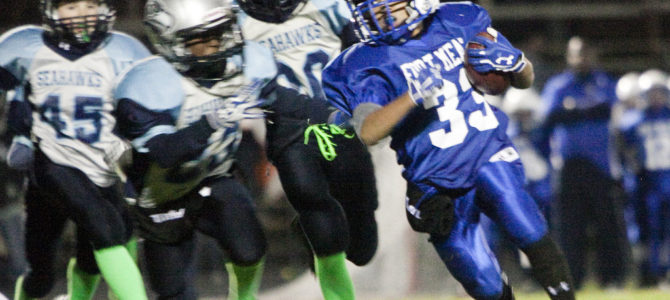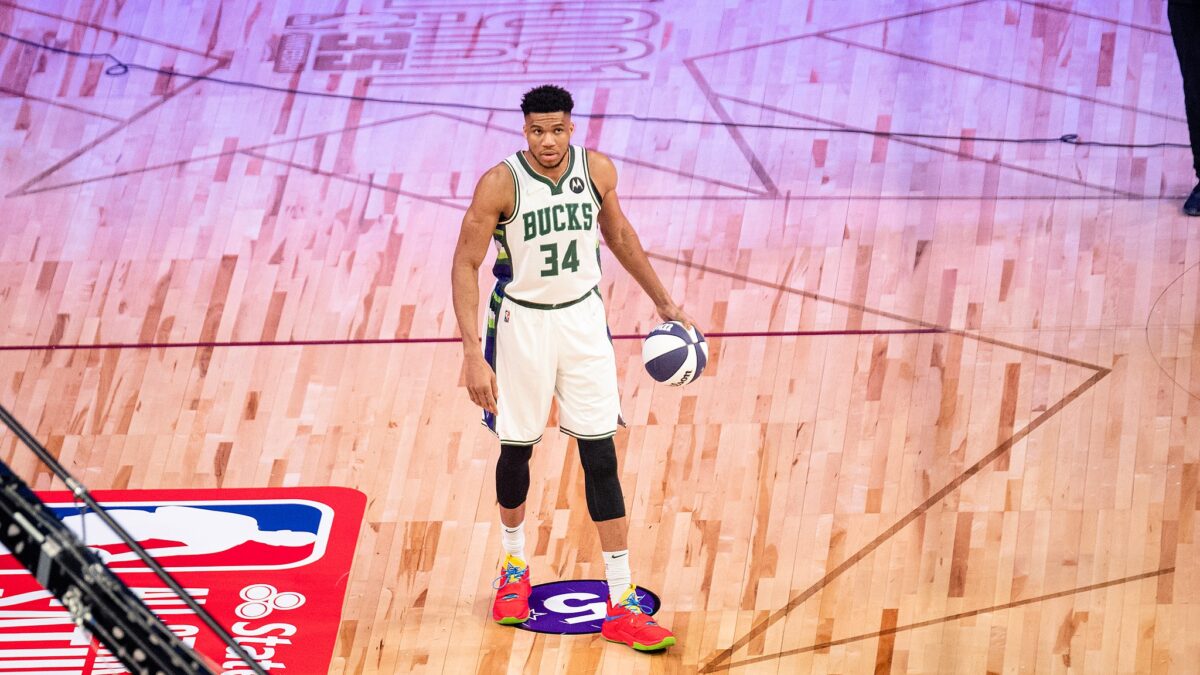
Super Bowl Sunday seems the appropriate day to bring you the cheerful news that football is doomed. The sport is dying and cannot be saved, at least not in America, its traditional home. The cause of death is science. Simply put, football is a sport in which the audience entertains itself by watching men violently turn each other’s brains to mush.
We didn’t know that’s what we were doing, so I’m not blaming anyone. We knew there was some potential for injury and that professional football is punishing on the body—as are all high-level athletic competitions. But everything in life involves risk, and young men have the right to pursue fame and fortune at the risk of tearing out their anterior cruciate ligaments.
But what we’ve discovered in recent years is that despite the modern panoply of protective gear, the repeated sharp impacts that are part of the game do permanent damage to the brain: chronic traumatic encephalopathy, or CTE. In a high-profile study, 110 of 111 brains of former football players showed signs of CTE, and the longer they played, the worse the damage. It’s no coincidence that only two days later, John Urschel—a 26-year-old Baltimore Ravens player who is also pursuing a Ph.D. in mathematics—announced his sudden retirement.
The sample for that study was not random, so it can’t tell us exactly what percentage of players suffer brain trauma. But it indicates that the risk is very significant, and heartbreaking stories of former players spending their later years in a fog of neurological decay are becoming commonplace.
At first, the theory was that CTE is the result of repeated concussions, leading the NFL to discourage unnecessarily hard hits and introduce a new concussion protocol to monitor damage to players. But now there’s a new study indicating that it isn’t the concussions. It’s the hundreds of routine impacts to the head.
A study published online Thursday in Brain, a journal of neurology, presents the strongest case yet that repetitive hits to the head that don’t lead to concussions—meaning no loss of consciousness or other symptoms that can include headaches, dizziness, vision problems or confusion—cause CTE….
Chris Nowinski, who heads the Concussion Legacy Foundation, says, ‘We see the hard hits all the time, where a guy pops up and smiles and [signals] a first down, and [we think], ‘OK, that hit was fine.’ But what this study says is: No, that hit probably wasn’t fine, and that poor guy can’t feel the damage that’s happening in his brain right now.’
In other words, brain trauma is inherent to the sport. I don’t say this as someone who bears any particular animus toward American football. (I only bear ill will toward soccer.) Of course I wanted to be a pro football player when I was a kid. What boy didn’t? Now I’m glad I never pursued it, and you can bet I’m not going to allow my own boys to play full-impact football.
That’s what is already strangling the sport. Educated middle-class moms are doing their jobs and protecting their kids’ health, so signups for youth football are already dropping, reducing the talent pool for the sport. The results is that football is going to increasingly become a sport for poor kids and minorities—those whose parents haven’t yet gotten the message about the risk of brain trauma, or those who feel they have so few opportunities that they might as well take the risk.
Yet that makes the sport even more uncomfortable for fans. What happens if football becomes a game where white middle-class people pay millions to watch poor and minority kids bang up each other’s brains? I don’t think that’s going to be tenable.
Already, you can see the NFL preparing what I think of as the Philip Morris Strategy. Long ago, the big cigarette makers realized that Americans were going to stop smoking, and there was nothing they could do about it. So they started orienting themselves to the overseas market, advertising to a billion non-health-conscious Chinese. There are still parts of the world where our fastidious concern for health and safety hasn’t quite spread—places where life is already short and there are a lot of things that can kill you, so the added risk from cigarettes doesn’t weigh so heavily. The same thing is going to apply to the risk of injury from sports. So it’s no surprise that the NFL has been eagerly spreading their quintessentially American sport to Europe and Mexico and trying to make inroads into China.
The NFL is still way behind Philip Morris. Football is perhaps at the point where cigarette smoking was in 1970, when the first “surgeon general’s warning” was required. It’s still extremely popular, but now everybody is starting to accept that it’s unhealthy. That means it’s only a matter of time before participation rates drop off precipitously and it no longer seems like the cool thing to do.
The science has turned against football, and it can’t last. So enjoy today’s game, while you still can.
Follow Robert on Twitter.









